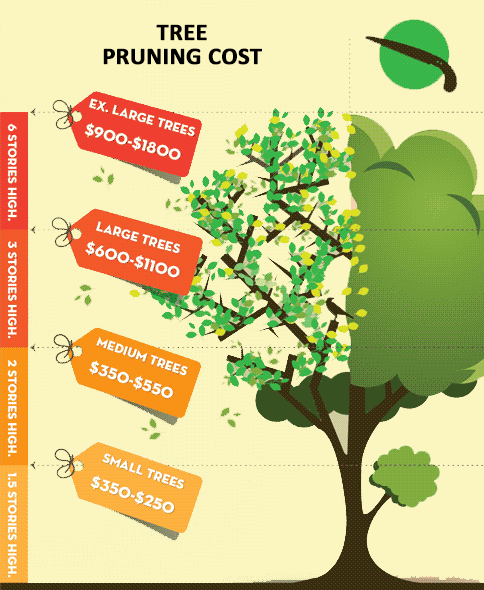Protecting Your Landscape: Replanting After Tree Elimination
Protecting Your Landscape: Replanting After Tree Elimination
Blog Article
Web Content Created By-Goldstein Harper
Tree elimination can leave a gap in your landscape that needs dental filling. You can grow something brand-new in that space, however it takes added care and attention at the starting to assist it thrive.
The dirt because area will keep transforming gradually as bacteria break down the old origins. That can affect the vitamins and mineral balance and physical space for brand-new development.
Dirt
The dirt in a plot where a tree has been removed is likely to be extremely different from the remainder of your garden or lawn. The roots of the old tree and the stump will have transformed the dirt, eliminating some nutrients and potentially crowding out various other plants. On top of that, if the previous tree was infected, the transmittable representative may still be in the ground.
The visibility of origins fosters a rich and varied community of soil bacteria that enhances necessary processes like nutrition biking and organic matter decay. Without these bacteria, the displaced dirt can become much less productive and nutrient-depleted, with an unfavorable influence on plant development.
Prior to replanting, the dirt needs to be removed of particles and natural material (such as wood chips from stump grinding). You might desire to mix in potting soil or indigenous dust with this garden compost to provide your new planting with an environment that is well balanced and loaded with nutrients.
Water
Tree roots take in large amounts of water from the dirt. This procedure likewise adds nutrients back to the soil, specifically nitrogen, which is crucial for new trees and plants. Regrettably, old soil can be depleted of these crucial minerals because of the worn out origins and stump from a removed tree.
This is why it is necessary to have a prepare for the future of your landscape. Preferably, the best time to plant is when you have a fresh start.
Whether you're growing turf or blossoms, ensure to use a soaker hose to prevent overwatering your new landscape design. If the location was a yard, see to it to cover the dirt with natural mulch to assist maintain dampness in the soil, manage dirt temperature levels and reduce weeds. This likewise provides a layer of defense for young plants and promotes worm activity. After that, frequently replenish the mulch to proceed boosting the dirt nutrient density and microbial life. This is called dirt reconstruction.
Light
Trees are a fantastic addition to any type of landscape, offering shade, aesthetic pulchritude, and lots of other benefits. However, occasionally trees become unsightly due to a range of reasons, including disease, pest problems and natural aging.
In such cases, it may be necessary to get rid of a tree. It is essential to think about the worth of a specific tree in your landscaping and take the appropriate steps to make sure that the removal is done safely and efficiently.
Throughout the late summertime, it's a perfect time to carry out maintenance and evaluations on existing trees. Seek signs of illness, insect invasions, or architectural damages, as well as any kind of possible hazards such as damaged or leaning trees.
Prior to beginning any type of construction jobs, be sure to safeguard the root areas of existing trees by staying clear of soil compaction and grading around them. Organic matter, as it breaks down, can produce noxious gases that are harmful to the roots of a tree. It's likewise a great concept to mulch the location around a tree after building and construction has finished to save moisture and reduce weed development.
Temperature level
Trees are important to a landscape for their aesthetic allure, however they additionally play an important duty in the neighborhood environment by providing shade and windbreaks. They sustain wild animals environments and reduce the amount of co2 airborne, which can add to international warming. master arborist is why it is recommended to replant trees after removing one from the property.
When replanting a new tree in the place of a previous stump, the soil may not have enough nutrients to sustain it. It is best to wait for a year before growing to ensure that the soil will be abundant in nutrients.
To guarantee that replanted trees thrive, it is vital to offer them with proper care. A layer of mulch will certainly maintain dirt wetness from evaporating, control soil temperature, and assistance suppress weeds. Organic compost is the preferred selection due to the fact that it enhances dirt fertility. Recurring mouse click the up coming website and pest control are also essential for replanted trees.